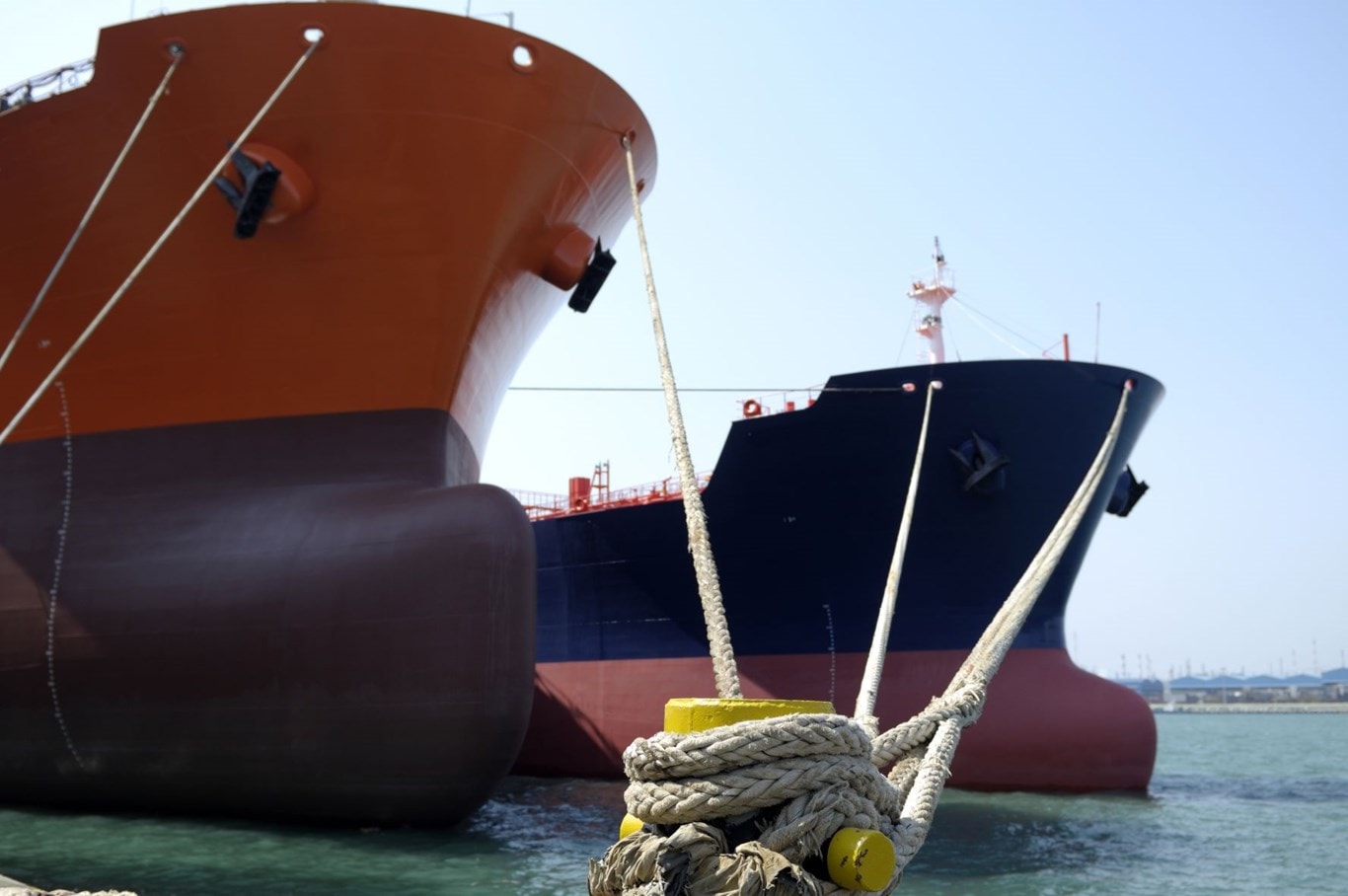
The Risk of Befriending Stowaways
Loss Prevention Bulletin
The problem of stowaways is an ever present one and in many ports it may be necessary for vessels to employ safeguards to prevent stowaways from boarding. If the measures are unsuccessful, it may not be possible for the Club to arrange for the stowaways to be repatriated immediately, particularly if they lack identification documents. In such an event the stowaways may be on board for some time.
Guidelines on dealing with stowaways have been published by the International Maritime Organisation (IMO) in Resolution A.871(20) Guidelines on the Allocation of Responsibilities to Seek the Successful Resolution of Stowaway Cases. Further advice on the treatment of stowaways while on board can be found in Section 4C of the FAL (Facilitation of International Maritime Traffic) Convention.
However, there is one aspect of having stowaways on board which is not addressed; the risk of crewmembers befriending stowaways.
Friendly talk between crewmembers and stowaways may seem harmless enough, but stowaways will sometimes speak of the harrowing conditions they endured in their home country and maintain that they only stowed away to reach a more developed country for a better life.
While this may be true, such stories are sometimes intended to elicit sympathy in the hope that the crew will help them disembark at a forthcoming port without informing the authorities.

However, doing so may have serious consequences as the following case starkly demonstrates:
After learning that the final destination was South America, the stowaways decided to leave the ship in Durban in the hope of finding another vessel heading elsewhere. Once the ship was alongside the crew provided the stowaways with clothes and money and rigged a rope on the seaward side of the vessel, enabling the stowaways to climb into the water without being seen from ashore.
The stowaways planned to swim to the opposite side of the dock, but two of the men were not strong swimmers and drowned. The other five reached safety and handed themselves in to the authorities. The survivors then accused the crew of forcing them off the vessel and into the harbour. The Master and three crewmembers were arrested and charged with murder.

Crewmembers also risk prosecution if they befriend men or women in foreign ports and allow them to stow away on board for a coastal passage or longer. In addition to violating immigration laws, the possibility of such stowaways subsequently alleging impropriety or more serious offences by crewmembers cannot be ruled out.
Therefore, in addition to following the IMO guidelines,
crewmembers should refrain from socialising with stowaways
and should not grant them special favours. Similarly, if
stowaways are found on board, the Master should notify the
office immediately, providing as much information as possible.
The Annex to Resolution A.871(20) may be helpful in this
respect. The details should also be forwarded to the Club as
soon as possible to facilitate the repatriation process.